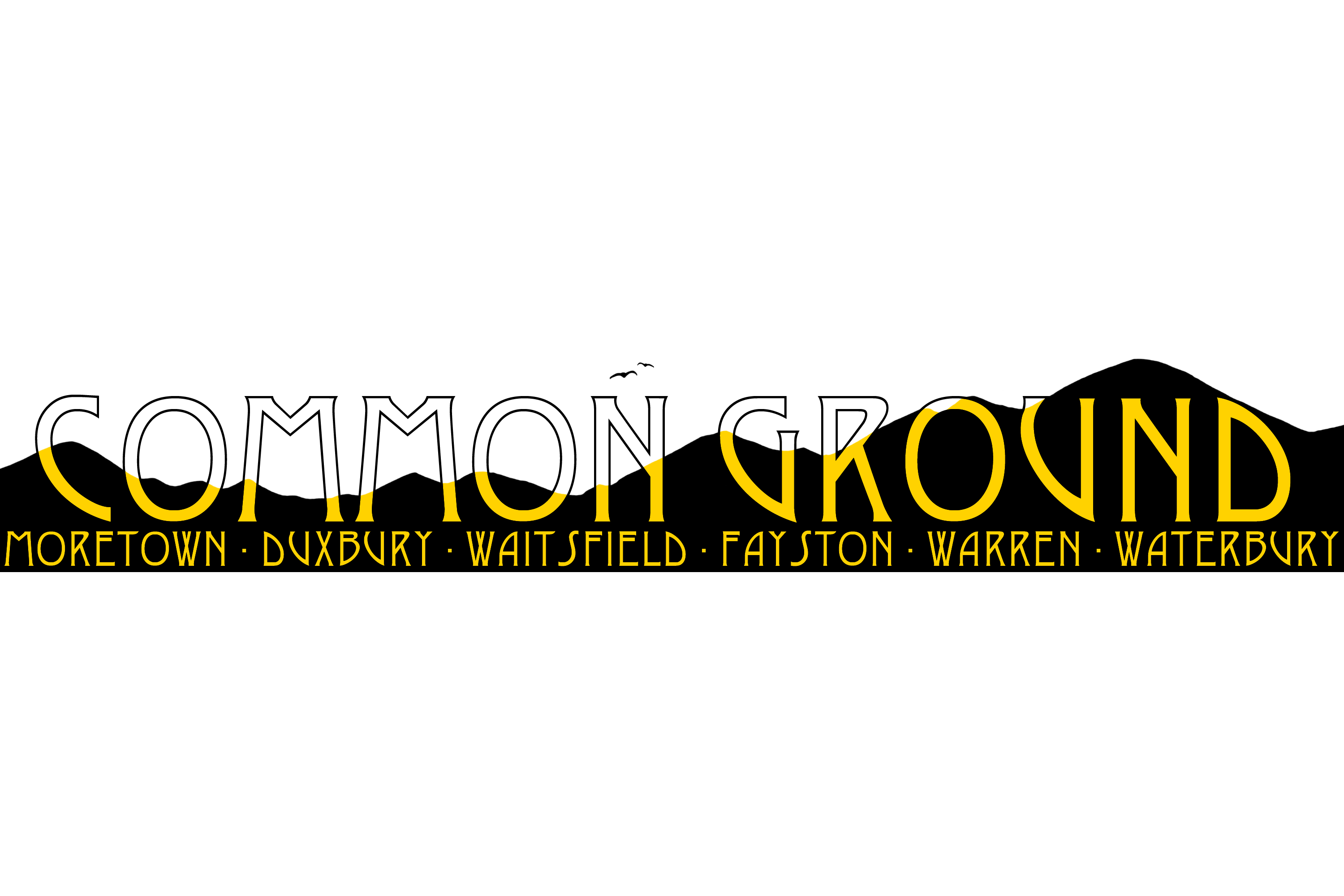A Conflict Bigger Than WWII: The Conflict Over Minerals
The issue of conflict minerals is a very complicated. It is not only involving enslaved workers but the entire world and the technology we use. The majority of conflict minerals are found in the Democratic Republic of the Congo (DRC). The Congo is in the heart of Africa and has a vast amount of dense and “uninhabited jungle.”
HISTORY:
Lake Kivu borders the DRC and Rwanda, a place where genocide occurred between the Hutus, Tutsis, and the Twa in 1994. The Hutus were the majority; Tutsi were the minority; and the Twa were the indigenous group. The Hutus extremists’ goal was to extinguish all Tutsis, and the extremists were unsettlingly close, killing off 800,000 Tutsi officially, over a million unofficially. The genocide was deeply rooted in its recent colonial history. Tension between the two tribes was minimal before the Belgians colonized the land. The Belgians are often blamed for the genocide, because they enforced laws that divided tribes, which created resentment between the two groups.
Before the Belgians colonized Rwanda, citizens were allowed change tribes, which made being in a tribe more of a social status than any kind of ethnic group. One could marry into another tribe or change jobs, work as cultivators (mainly Hutus) or herders (mainly Tutsis), but the Belgians changed this system. Much like the way the country of India structures their hierarchy, Belgium officials created a “caste-like” social and political system in Rwanda whereby one is born and forced to stay in a specific tribe, making it nearly impossible to move between being a Hutu or Tutsi. Thus tension between the tribes slowly grew and turned into a genocide. In 1994, after a hundred days and hundreds of thousands of deaths, the Rwandan Patriotic Front, otherwise known as the RPF, defeated the Hutu extremist army and militia, the Interahamwe. Many Hutus fled across Lake Kivu to the Congo. Hutu extremists, perpetrators of genocide, started the Democratic Forces for the Liberation of Rwanda, also known as the FDLR. It is expected that there are millions of FDLR members operating in the Congo.
NOW:
After the genocide, the RPF came to power in Rwanda, and the FDLR and the Democratic Front for the Liberation of Angola, FDLA, joined forces. The FDLR is the military faction of the group and the FDLA is the political faction. The FDLR are hiding in the dense jungles of the Congo, where a vast amount of minerals have been found. The FDLR have control over much of these mineral deposits. Since the FDLR are hiding in the jungles of the Congo food is scarce as well as other needs such as weapons and medicine. Rebel groups use the minerals as a source of income, and after extracting the minerals they smuggle them out. Large companies that create technology use these minerals in their products to create vibrating phones, extended battery life for phones, even tin cans.
CONFLICT:
The reason why the minerals have been labeled as conflict minerals are because they are extracted in an area of conflict and the profit goes into aiding the conflict. The FDLR uses force and rape as its weapon of choice. The FDLR invades villages, rape the women, forcing their husbands and children to leave the village and go to work in the mines. The Congo has the highest rate of rape in the world. The UN is present in the Congo though, and it is instructed to not use force, the same instructions were given during the Rwandan Genocide. Currently 5.4 million citizens of the Congo are dead and over 2 million are displaced from the conflict. It is estimated that 45,000 citizens of the Congo die every month due to the fighting over minerals.
CLOSE TO HOME :
Saint Michael’s College in Vermont wants students to sign a petition for the school to not buy technology that has minerals from areas of conflict. This is part of the Conflict Free Campus Initiative, CFCI movement. The goal is to empower students to bring awareness to large companies that use conflict minerals, which could stop the violence in the Congo. Over 166 colleges and universities have signed on and 50 schools have successfully changed over to products that are conflict free. Saint Michael’s has created a petition that they need students and community members to sign in hopes for the school board to listen.
WHAT CAN YOU DO:
The Enough Project has created a website where citizens can become educated about conflict minerals and how they impact the world. Check out: www.raisehopeforcongo.org



